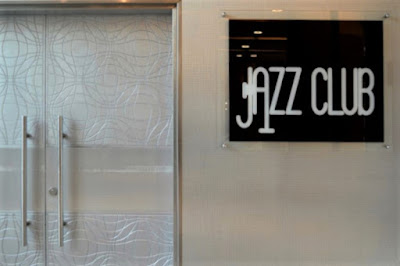













Then some time to kill and a walk to a true European national collection, the National Gallery of Art in Trafalgar Square. No particular intent, just a visit to kill time. We entered at the new Sainsbury wing mainly to see Van Eyck Arnolifini Portrait. I’d happened on it a previous visit and was entranced. It’s small and dark and unpretentious and gloriously touching. It had moved and, in our search, we ran into several Leonardos, Virgin of the Rocks and the Burlington House cartoon. Both hugely known. We found the Van Eyck and followed a guide who was discussing it and some other past masterpieces on panels and walls. There are littler-known gems that attract you amongst the stellar names. Plenty of these. Plenty of stars, too. I was amused by the signposts that list strings of art geniuses, eg, 13th to 15th century / Duccio, Uccello, van Eyck, Lippi, Mantegna, Botticelli, Dürer, Memling, Bellini. There’s a list of must sees and they are interesting and we did come across a few: Hans Holbein the Younger Ambassadors, The Wilton Diptych, Botticelli Venus and Mars. There were others that we saw from a distance, but we preferred other eras or the crowds were just too big. The van Gough sunflowers and chair were just surrounded. This museum was busy but the early halls and impressionists were impossible. Some didn’t make that august list-of-30 online, but were still stars. We discovered a few, like one room with Michelangelo, Bronzino, Raphael and more. All significant works, obviously, and featured, but not in the listicle. This place is a treasure and we just touched the edges in passing but I say nothing that’s not commonly known. Dream on.
One thing that amazed me was how close you can get to art in this museum. The Leonardos and van Eyck were behind glass, but not the Botticelli or numerous others. And there were no constant alarms for intrusion, just foot rails to limit your access, and then just a foot off the wall. I could have touched Botticelli, but of course I didn’t. But I did eye the work up close, perhaps a foot away, looking at brush strokes and edges and colour and the rest. It was fascinating and a huge privilege. Not like V&A with its constant accompaniment of sirens, so frequent that attendants worry little and were seemed relaxed. In contrast, the National Gallery attendants seemed highly attentive, even on edge, and less open to conversation. But then, in the V&A gallery with no alarms, I did see someone caress a bronze in passing.
The National Gallery is in London.





































